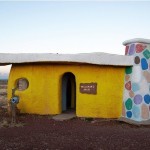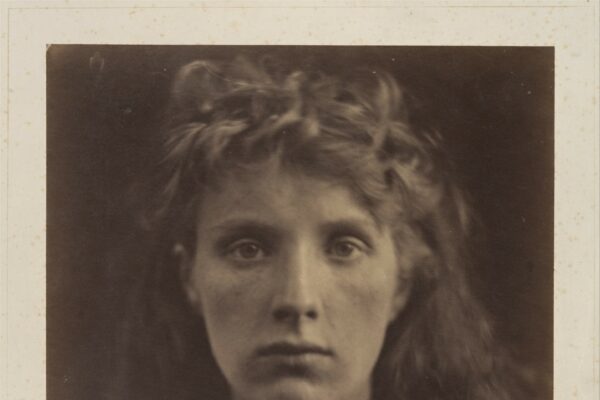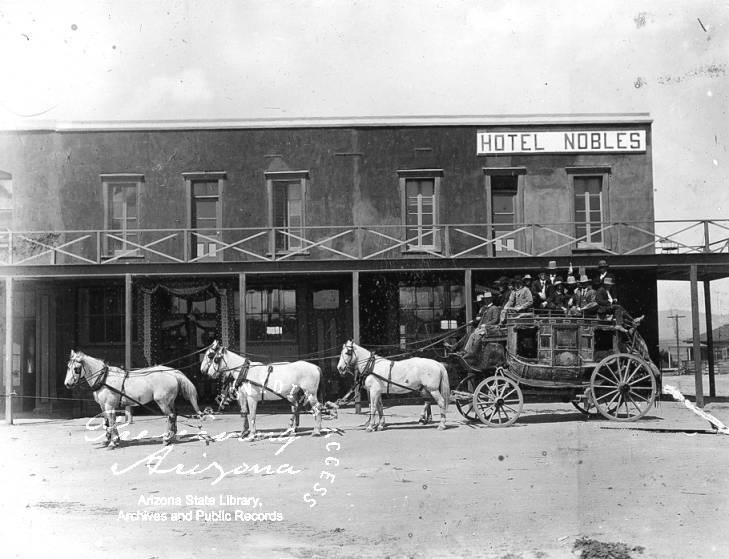
No frontier has ever captured the American imagination quite like the “Wild West”, which still evokes images of dusty cowboys, outlaws, gold diggers, gamblers, gun fights and barroom brawls over 100 years after the West was settled. A constant fixture in American pop culture, the 19th century American West continues to be vividly portrayed not just as a place but as a state of mind. The name Tombstone conjures an image of the true Wild West; boardwalks lined with saloons, windswept streets and dusty horses tied to hitching posts, gambling houses and bordellos frequented by Wyatt Earp himself. So steeped in legend and Hollywood drama, the real Tombstone is often lost in the narrative. To find a true picture of the town, we must look to Camillus “Buck” Sydney Fly, better known as C.S. Fly, a pioneer photojournalist who, along with his wife Mollie, documented events in and around Tombstone, AZ in the late 19th century. In addition to capturing Tombstone’s residents and daily life, Fly’s images are the only known images of Native Americans before they lost the war to the white man.
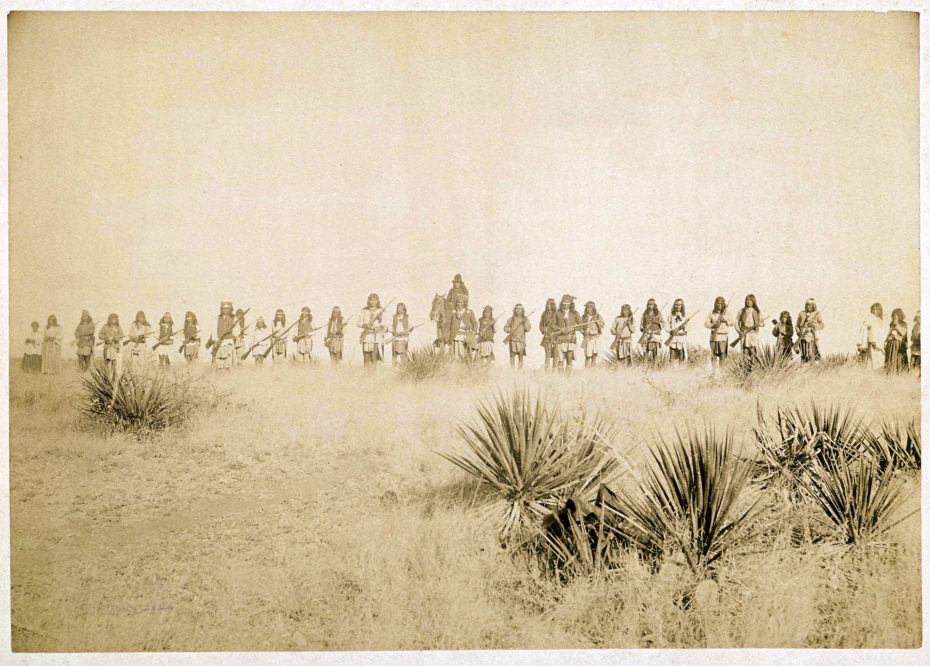
Originally a farmer from California, when Buck was 30 years old, he married Mary Goodrich, known as “Mollie” to her friends, a divorcée from San Francisco and a skilled amateur photographer just like her new husband. In 1879, the couple arrived in the booming silver-mining town of Tombstone, AZ, the same month as the Earp family, who would later be involved in the famous conflict known as the Gunfight at the O.K. Corral. In Tombstone, the Flys opened their own photography studio, which was at first, merely a tent. Soon enough, Mollie and Buck had built a twelve-room boarding house at 312 Fremont Street, that also contained their photographic studio and gallery: the “Fly Gallery”.

Even though he now had a more professional studio, Buck Fly spent much of his time out in the field, mostly focused on outdoor photography. While he was often absent and searched the countryside for potential photographic motifs such as mills, soldiers, ranchers, and picturesque panoramas, his wife Mollie ran both the pension and the studio. At a time where female photographers were extremely rare, newspaper reports claim that Mollie actively participated in her husband’s business and that she operated Fly’s Gallery when Buck was away. She handled the indoor portraits, charging 35 cents for cabinet cards. All of the studio portraits however are credited to her husband C.S. Fly. Almost everyone in Tombstone at the time Fly’s studio was open had their picture taken.
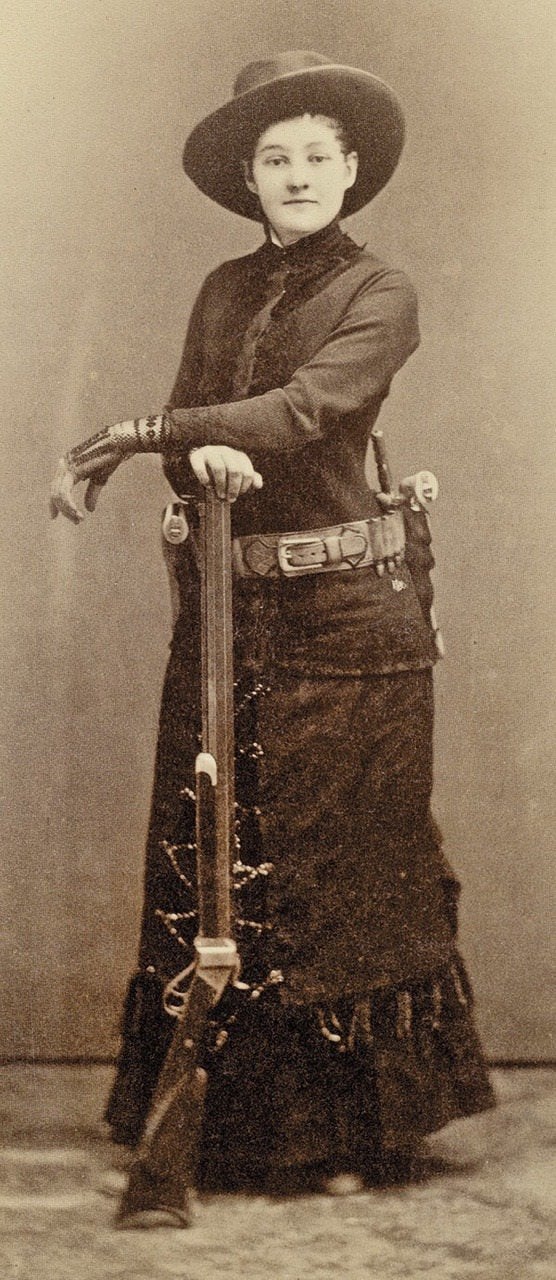
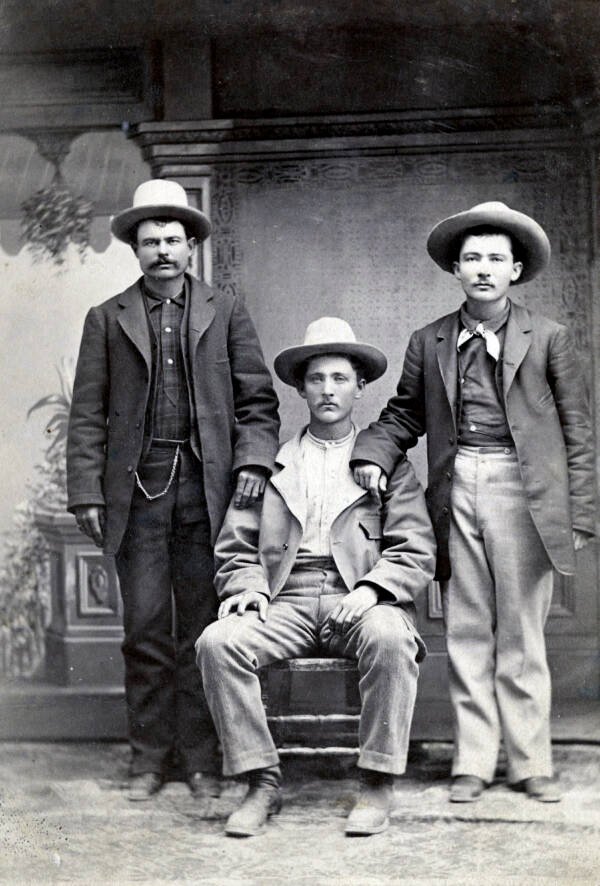
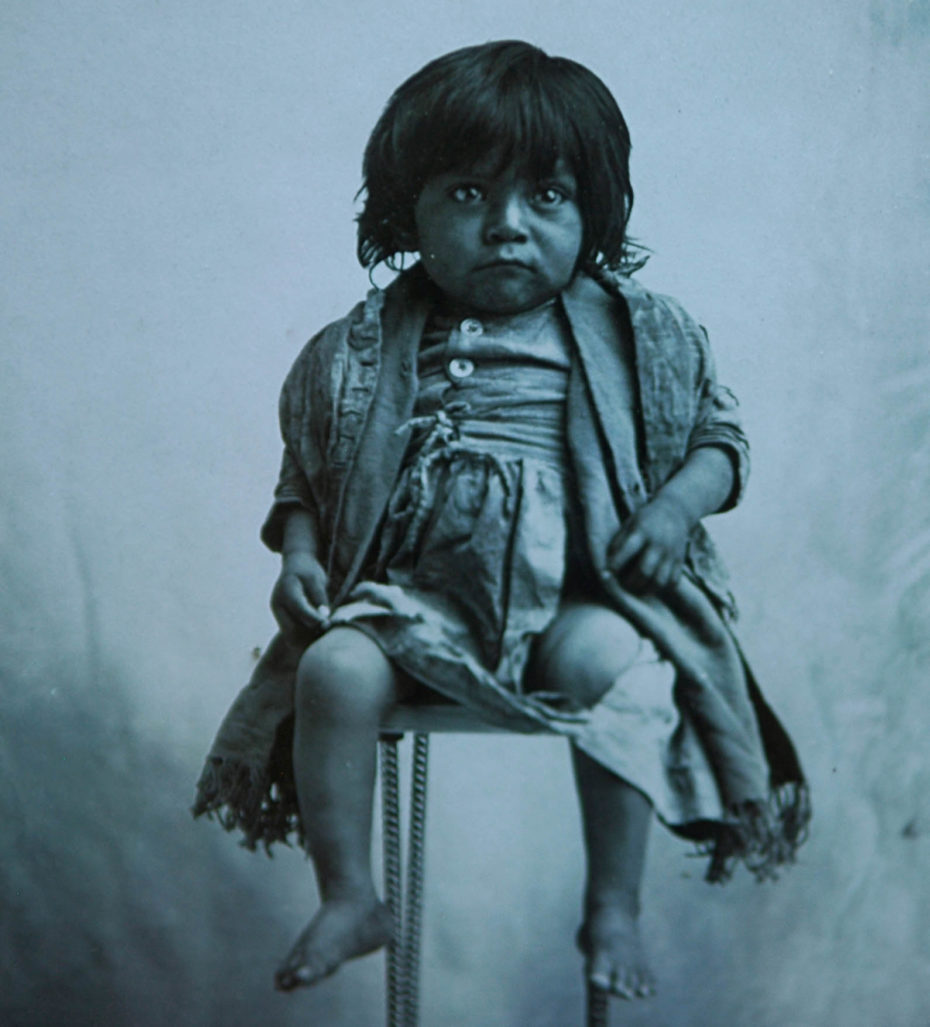
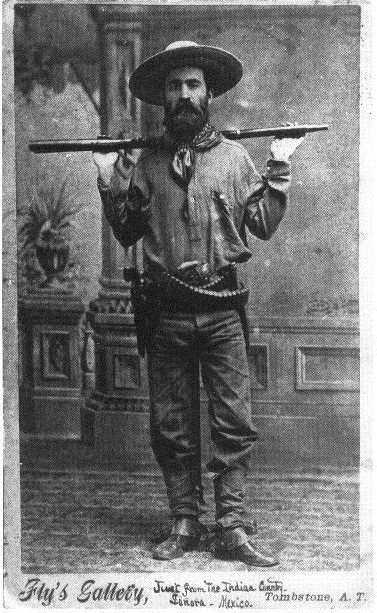
At the time of the famous Tombstone Gunfight between Wyatt Earp and the Clanton brothers, Fly’s studio happened to be just next door. Doc Holliday and his common-law wife Big Nose Kate resided in one of the rental rooms of the Fly’s pension. Fly heard shots fired in the vacant lot next to his building. When the firing stopped, Fly ran outside, armed with a Henry rifle just in time to take the revolver from Billy Clanton, who lay dying against the house next door. Unfortunately, Fly wasn’t able to take any pictures of the Gunfight or the aftermath, but he had captured the outlaws and the lawmen in Cabin Card portraits and took a famous picture of the victims in their coffin.
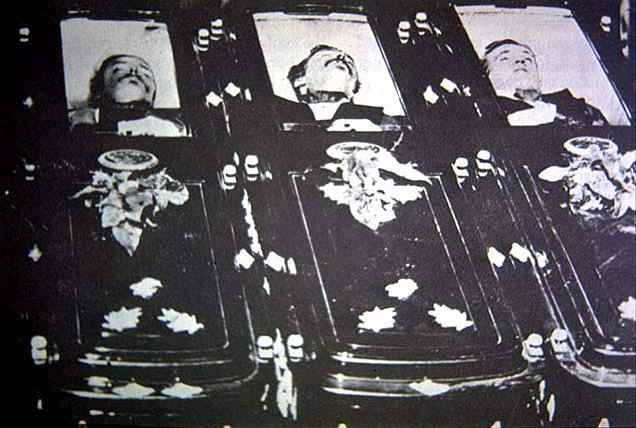
Unquestionably the most important photographs C.S. Fly took however, are the ones he captured during the three days of negotiations with Apache chief Geronimo and his warriors in 1886. Arizona General George Crook received word that the Apache leader would meet for peace negotiations in the Sierra Madre mountains and Fly made sure he was there to document it. They are the only existing photographs of Geronimo’s surrender and the only known images of Native Americans while still at war with the United States.
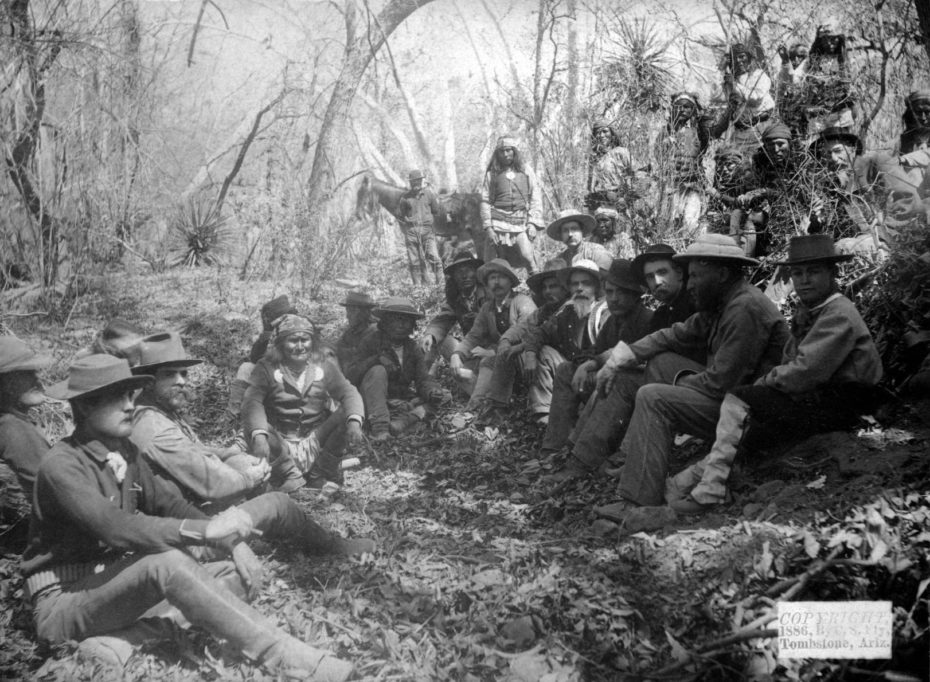

While taking the photographs, C.S. Fly didn’t hesitate to ask Geronimo and his warriors to stand a certain way, or to turn their head in a specific direction. And it might surprise you, but the warriors, including Geronimo, followed the instructions willingly. Following the photo session, a soldier who sold them whiskey told Geronimo that his band would be murdered as soon as they crossed the border. Geronimo and 25 of his followers slipped away during the night, costing Crook his command.



– Courtesy Library of Comgress –
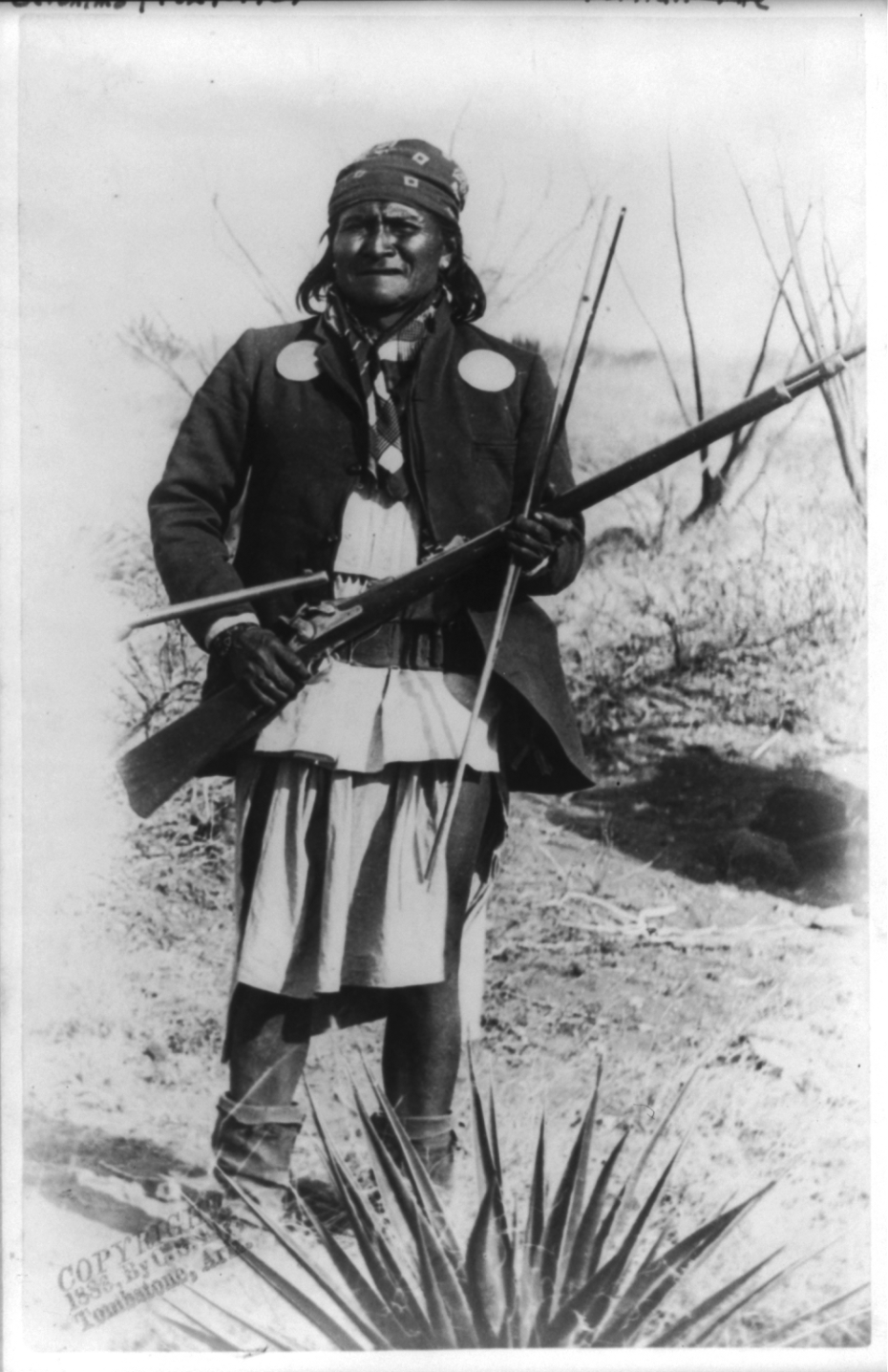
Fly became known nationwide for his photography but behind the lens, his personal life took some dramatic turns. C.S. Fly had fallen into alcoholism and his wife Mollie left him in 1887 after eight year of marriage. Mollie eventually returned to her husband, and despite his continued drinking habit, he was elected as Tombstone’s Cochise County Sheriff in 1894 and served for two years. The Flys separated again in the late 1890s and their on-and-off relationship was followed as local celebrity gossip by Southern Arizona newspapers.
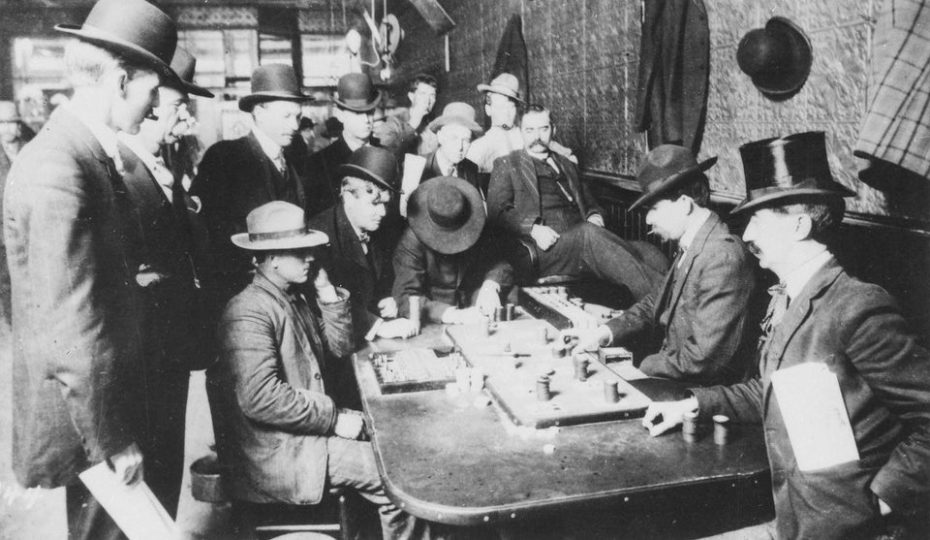
C.S. Fly later opened a studio in the copper-mining town of Bisbee, Arizona while Mollie stayed in Tombstone and took over Fly’s Photography Gallery. Even though they were separated for years, it was Mollie who stayed at his bedside when Fly died at the age of 52 in Bisbee in 1901. She had his body buried in the Tombstone City Cemetery.
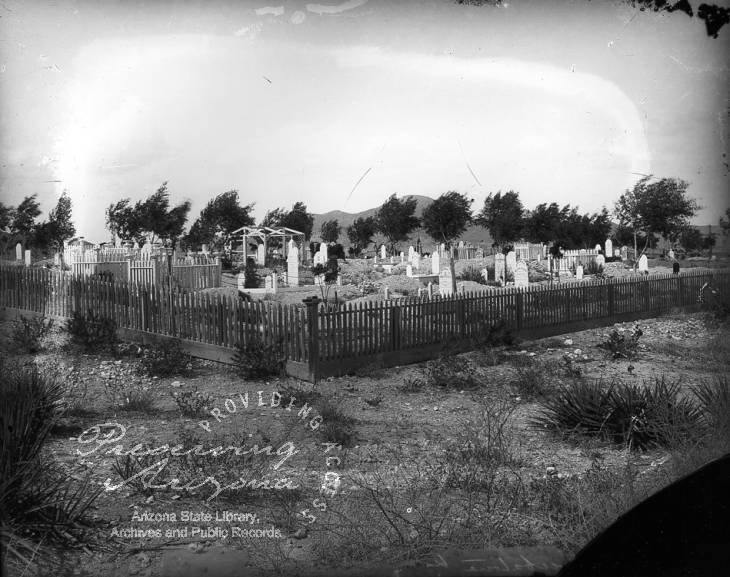
Mollie then continued to run their Tombstone business on her own until it was burned to the ground in a second fire. Before her death in 1925, she donated what remained of her husband’s collection of images to the Smithsonian Institution. A modern reconstruction of Fly’s photography studio now stands in Tombstone, Arizona. The couple had chronicled the Old West as no one before them had and no one would again.

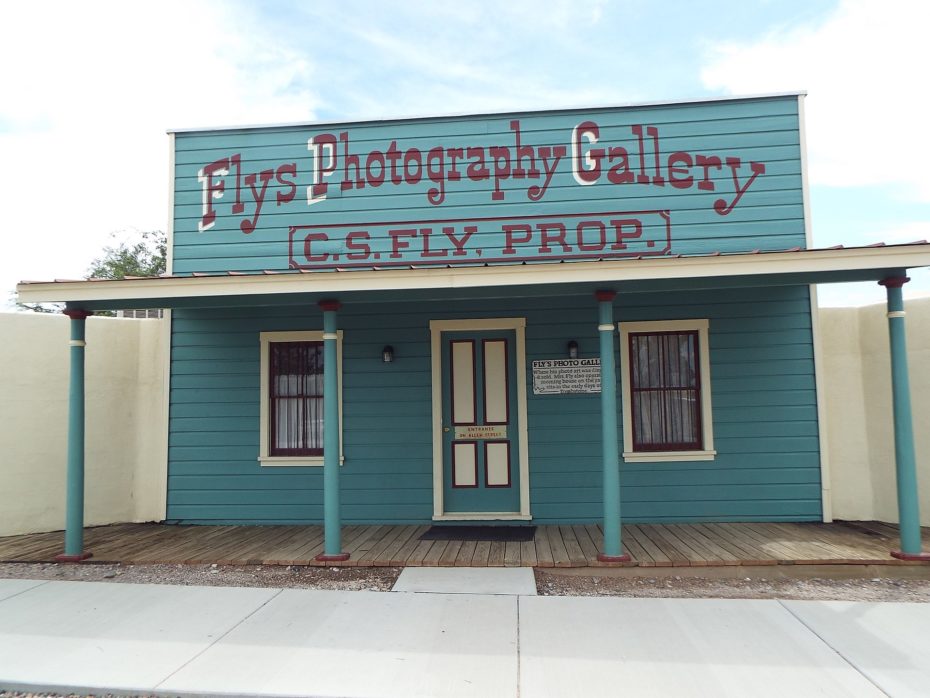
Some of the studio’s cabinet cards may still be out there however, floating around in flea markets, antique shops in old mining towns and every now and then, photographs taken by the Fly studio can even be found for sale on eBay. A cabinet card of the image “Geronimo, Son, and Two Braves” was auctioned by the Heritage Auction Galleries in Dallas, Texas for over $10,000 in 2010. The fun part might be doing the research on the lesser-known faces of Tombstone. Highly collectible and commanding premium prices today, keep an eagle eye out for that C.S. Fly watermark if ever you come across a batch of antique photographs from the wild west.



